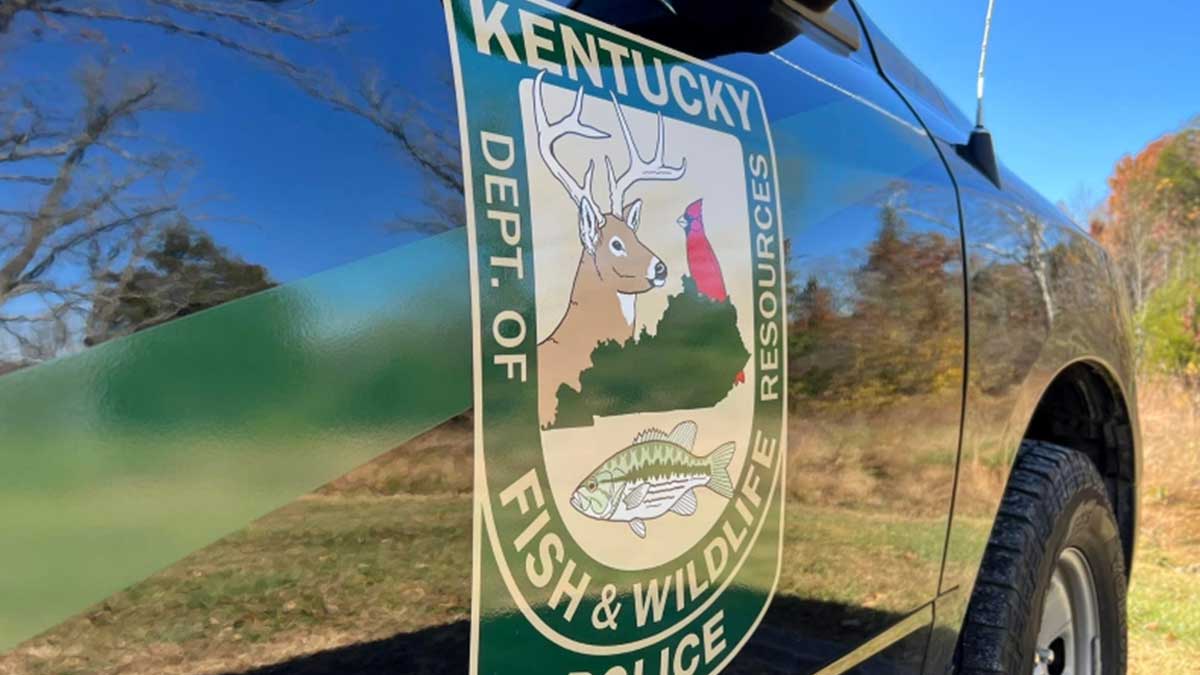Below is a news release from the Kentucky Department of Fish and Wildlife Resources.
The Kentucky Department of Fish and Wildlife Resources is seeking civil damages in a recently filed lawsuit against a Louisville hunter who illegally brought into Kentucky the head of a deer that was harvested in Wisconsin and later tested positive for chronic wasting disease (CWD), a highly infectious disease that kills deer and elk.
It is the first time Kentucky has sought civil damages against a hunter for importing a diseased deer carcass.
Nicholas J. Behringer, 47, admitted to a violation of state regulation (301 KAR 2:095) for illegally importing the deer head from another state and paid a $50 fine plus court costs in Shelby County District Court on Jan. 3.
Because the deer came from Wisconsin, a state that documented its first case of CWD more than two decades ago, Kentucky Fish and Wildlife ordered testing of tissues from the imported deer head. Results from two types of tests confirmed the deer had the neurologic disease that is fatal to deer and elk.
To date, no deer or elk harvested or occurring otherwise in Kentucky has ever tested positive for CWD. Fortunately, the infected Wisconsin deer parts were contained and frozen in transport and storage.
“Over the past two decades, Kentucky Fish and Wildlife has tested more than 40,000 deer and elk in Kentucky for CWD as part of its efforts to prevent the spread and introduction of this disease into the commonwealth,” Kentucky Fish and Wildlife Commissioner Rich Storm said.
“For years, we’ve informed the public about the threat posed by CWD in our hunting guides, press releases, magazine and television shows, websites, town hall meetings and social media. The information is out there for hunters.”
Kentucky Fish and Wildlife filed a complaint April 26 in Franklin County District Court seeking nearly $1,900 in damages against Behringer. The amount represents the department’s costs of investigation, testing, prosecution and disposal of the infected carcass parts as outlined and permitted in KRS 150.720.
Behringer legally checked his 8-point buck in accordance with Wisconsin’s regulations. He then brought the intact head of the deer into Kentucky for taxidermy, in violation of Kentucky’s prohibition on the importation of deer carcasses or high-risk parts having potentially infectious tissue.
Conservation officers followed up on information received about the deer head.
The deer head still contained lymph nodes, spinal column and brain tissue, all of which can harbor CWD. The disease can be introduced through contamination of the environment through contact with those tissues, such as disposal of tissues on or in the soil. Hunters can legally bring de-boned meat, antlers, clean skull caps and hides of deer harvested from other states into Kentucky only if all of those high-risk tissues are removed.
Behringer cooperated with a Kentucky Fish and Wildlife conservation officer when questioned about his deer in November. The body was not disposed of in Kentucky and the head was frozen when inspected in the state. Kentucky Fish and Wildlife personnel incinerated the head of Behringer’s deer to prevent any potential spread of CWD.
“Our staff’s effective work on this case demonstrates the department’s commitment to protecting Kentucky’s wildlife,” Storm added. “Monitoring for disease threats and enforcing the laws designed to preserve the health of wildlife go hand-in-hand.”
CWD is an always fatal neurological disease of white-tailed deer, mule deer, elk, caribou and moose. The disease was first recognized as a “wasting syndrome” in mule deer in a research facility in northern Colorado in 1967 and has since spread to free-ranging and captive populations in 30 U.S. states and four Canadian provinces.
Prevention is truly the best protective mechanism.
“The disease has been documented in every surrounding state except Indiana,” Wildlife Division Director Ben Robinson said, “so we want to keep it from spreading to Kentucky’s deer and elk herds.”
(Photo credit: Kentucky Department of Fish and Wildlife Resources)
